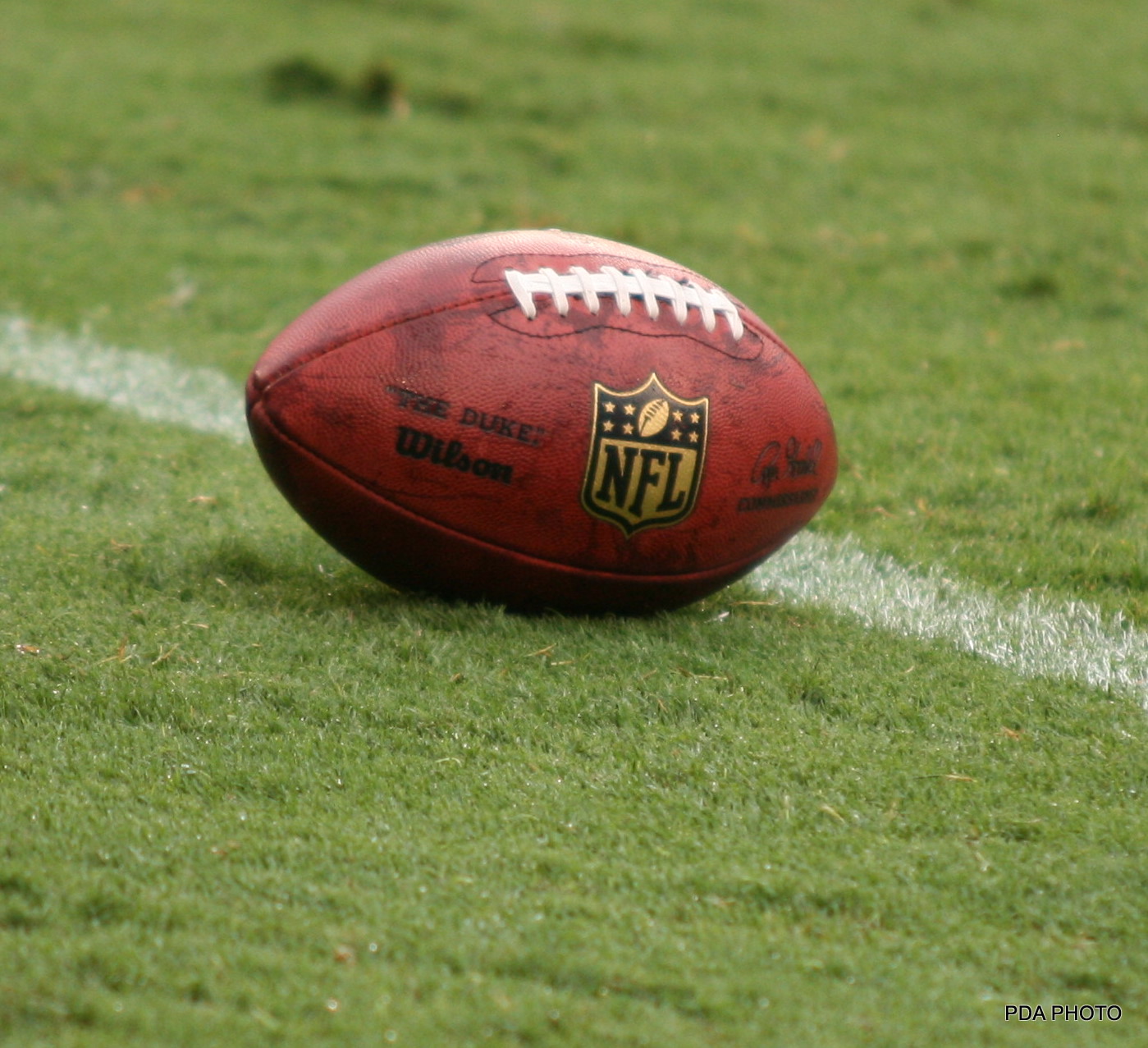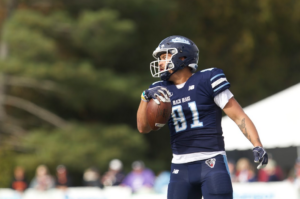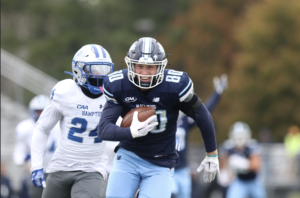The National Football League, one of the largest sports leagues globally, had humble beginnings. Most imagine big conglomerates forming in a skyscraper with a group of businessmen in suits. On Sept. 17, 1920, the American Professional Football Association (renamed two years later) was born in an Ohio auto dealership.
Ralph Hay met with representatives of teams from the Ohio league a few weeks prior, where they discussed and agreed upon an outline for a new football league. A month later, Hay had connected with representatives from teams from Ohio, New York, Illinois, and Indiana. According to History.com, Hay’s office was too small to fit the representatives from the 12 teams. They opted to make one of the biggest deals in sports history on the showroom floor of Hay’s dealership. Team representatives unanimously chose Jim Thorpe, Canton Bulldogs star, as the league’s first-ever president.
The rules were much different than today. Players would play on both the offensive and defensive sides of the ball, something that is only rarely seen in college. There was also no coaching on the sidelines. There was no Super Bowl to determine the best team, so team representatives voted for the champion. The Akron Pros, based in Ohio, were voted the first-ever APFA Champions after only allowing seven total points throughout the season.
In 1992, the APFA rebranded to the NFL under new league president Joe Carr, the owner of the Columbus Panhandles. So far, 10 APFA players are in the Pro Football Hall of Fame, including Thorpe.
The NFL struggled to grow in viewership. Most teams were based in small markets, and there was not enough fan interest to make teams profitable. College football was consistently out-drawing the NFL, and it did not help that many college stars chose not to play professional football.
Harold “Red” Grange was a trailblazing NFL player who became one of the league’s first true superstars. He signed with the Chicago Bears in 1925 after a legendary college football career. Grange was an immediate draw for the NFL, with notably over 36,000 fans coming to watch him play 10 days after his final college game. According to Robert W. Peterson’s book “Pigskin: The Early Years of Pro Football,” early APFA games averaged crowds under 5,000 people. Grange’s choice to play professionally led many other well-known college players to follow his path and may have potentially saved the NFL.
The growth of the NFL has been exponential since then. The evidence can be found in the cost of a Super Bowl commercial. For the first Super Bowl, played in 1967, the average cost for a 30-second commercial was $42,000, equivalent to around $333,000 in today’s money. Comparing that to modern-day Super Bowls, Dan Lovinger of NBC Sports Group reported in 2021 that “an executive in September said sales were going at a “record pace” and recent 30-second spots at the time had sold for $6.5 million.”
With the opening game for the 2023/24 season between the Kansas City Chiefs and the Detroit Lions reaching nearly 27 million viewers, it doesn’t seem like the NFL is going anywhere anytime soon.








